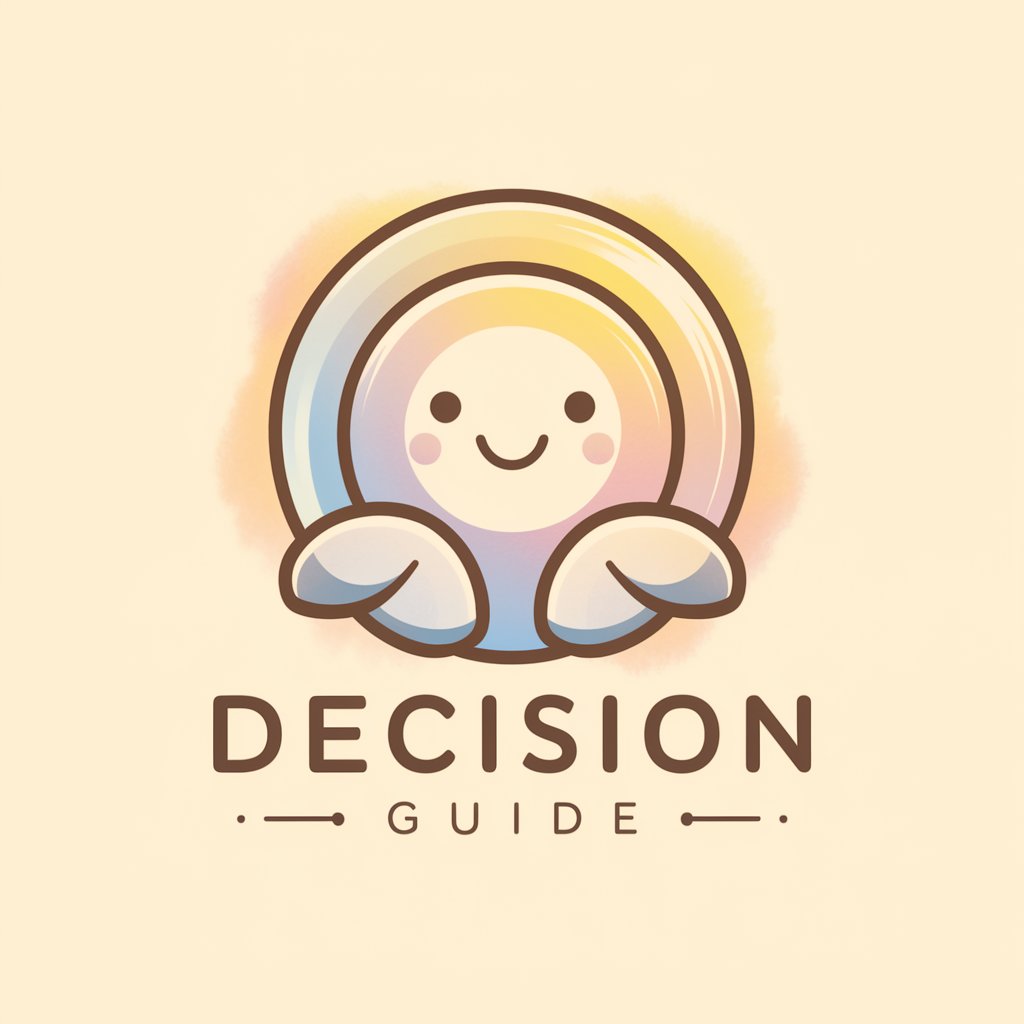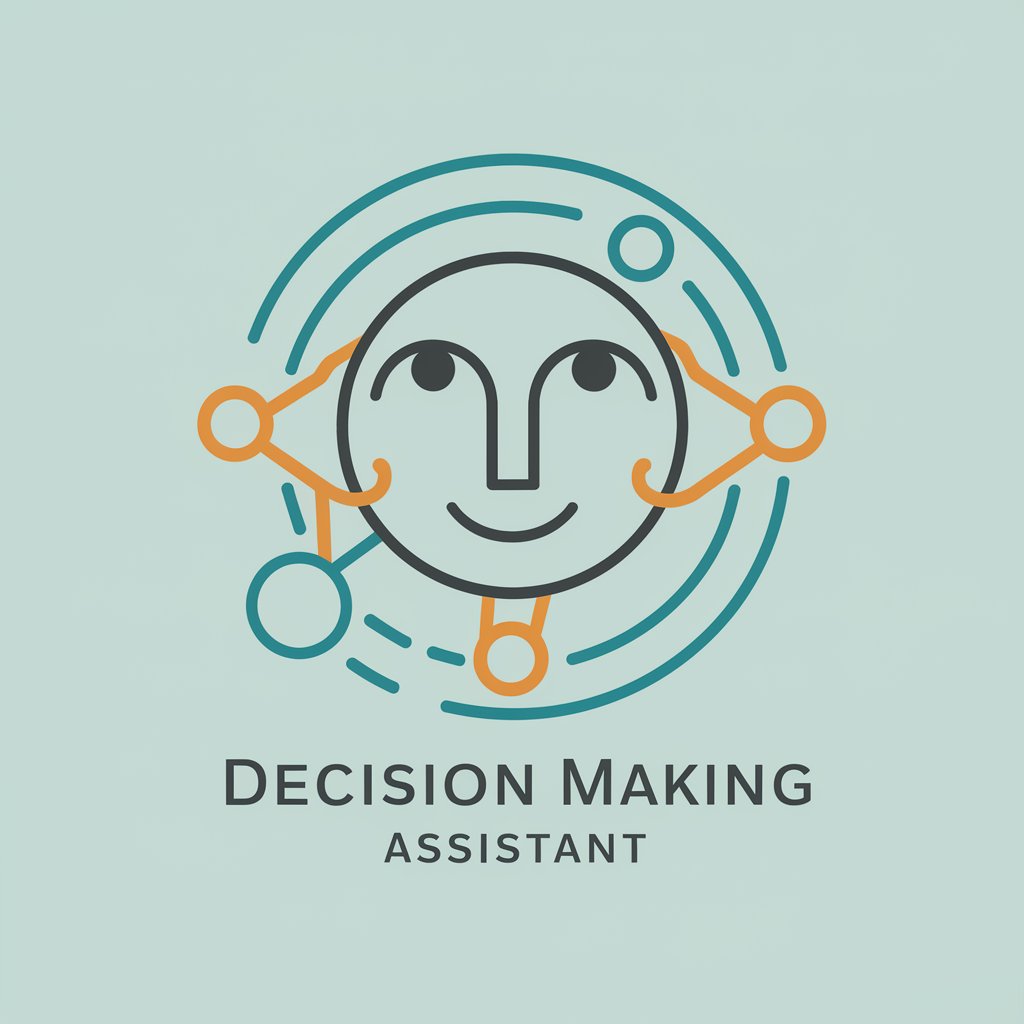
Decision Guide - Decision-Making Assistance
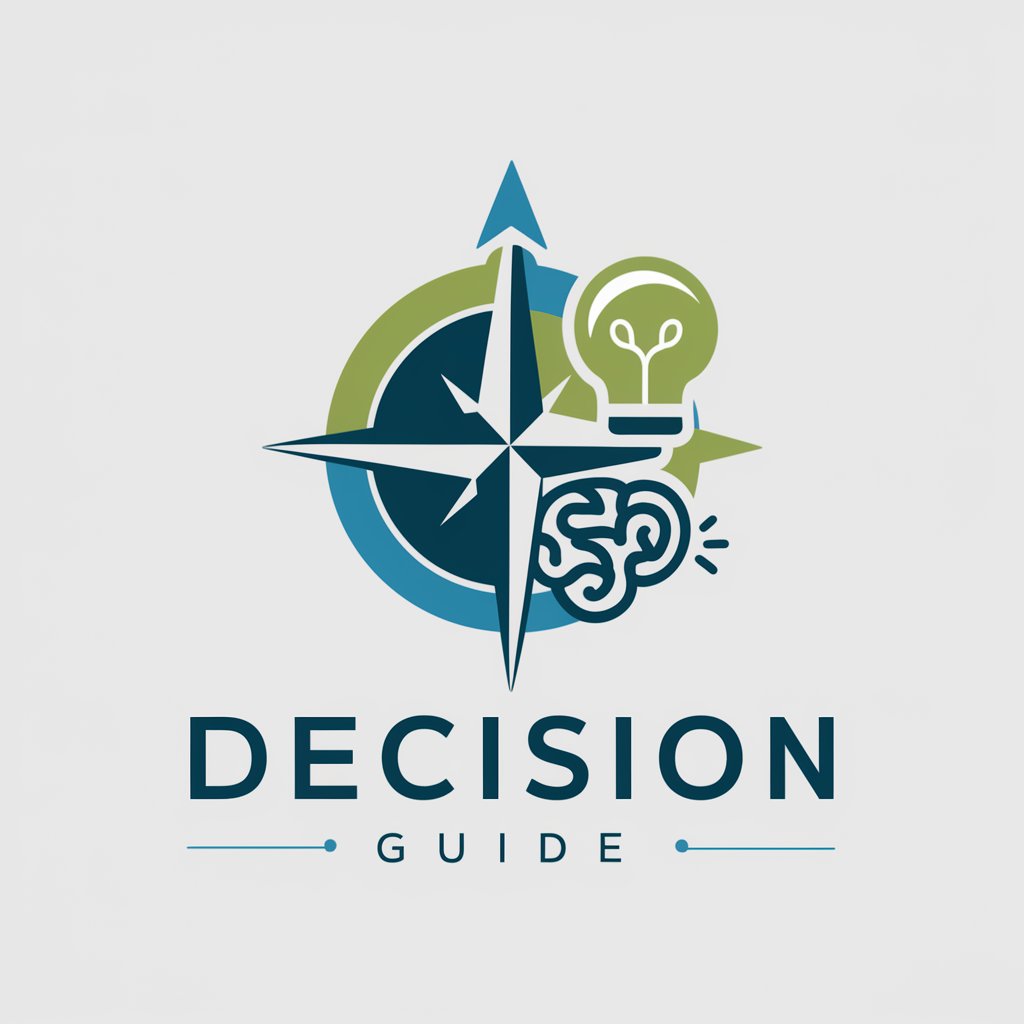
Welcome! Let's enhance your decision-making skills together.
Empower Decisions with AI Insight
Describe a scenario where making a decision matrix would be beneficial.
Explain how to weigh options using a pros and cons list.
Discuss the advantages of using the Pareto Principle in decision-making.
Provide tips for overcoming decision fatigue in daily life.
Get Embed Code
Introduction to Decision Guide
Decision Guide is designed to assist users in navigating the complex process of decision-making by employing principles from decision-making science. Its core functionality revolves around offering structured guidance, helping users weigh options, consider potential outcomes, and apply strategic tools to enhance the decision-making process. Decision Guide is built on the foundation of cognitive psychology and decision theory, integrating models such as the Rational Decision-Making Model, the Pros and Cons List, and the Cost-Benefit Analysis, among others. For example, when faced with a career change, Decision Guide could help outline the steps to evaluate this decision, suggest considering long-term career goals, and prompt the user to assess the risks and benefits of changing jobs. Powered by ChatGPT-4o。

Main Functions of Decision Guide
Analyzing Options
Example
When contemplating a major purchase, such as a house or car, Decision Guide helps by breaking down the decision into manageable parts, including financial implications, long-term value, and personal satisfaction.
Scenario
A user is deciding between buying a new car and a used one. Decision Guide would suggest comparing the long-term costs, including maintenance, insurance, and depreciation, and also consider the emotional satisfaction of each option.
Evaluating Outcomes
Example
In situations where multiple potential outcomes need to be considered, such as investing in stocks, bonds, or saving accounts, Decision Guide employs methods like Expected Value and Scenario Analysis to aid in understanding probable future scenarios.
Scenario
A user looking to invest savings would be guided through assessing the risk and return of each option, including potential future economic conditions that could affect their investment.
Improving Decision Quality
Example
Decision Guide emphasizes the importance of mitigating cognitive biases such as overconfidence or confirmation bias, by encouraging users to seek out diverse information and perspectives before making a decision.
Scenario
For someone deciding whether to start a new business venture, Decision Guide would recommend conducting a thorough market analysis, seeking advice from experienced entrepreneurs, and critically evaluating one's own assumptions.
Ideal Users of Decision Guide Services
Individuals Facing Major Life Decisions
This group includes people at critical junctures in their lives, such as career changes, educational pursuits, or major purchases. They benefit from Decision Guide by receiving structured frameworks to evaluate their choices logically and systematically.
Business Professionals
Executives, managers, and entrepreneurs can use Decision Guide to navigate complex business decisions, from strategic planning and resource allocation to product launches and market expansions. The service aids in minimizing biases and improving strategic outcomes.
Students and Researchers
This demographic benefits from Decision Guide by learning about and applying decision-making theories and models in their academic work or personal decision-making processes, fostering a deeper understanding of cognitive tools.

How to Use Decision Guide
Start with a Free Trial
Access Decision Guide at yeschat.ai to begin your free trial, no signup or ChatGPT Plus subscription required.
Identify Your Decision Challenge
Clearly define the decision you need help with. This could range from personal choices like career decisions to business-related dilemmas such as strategic planning.
Ask Specific Questions
Frame your queries to be as specific as possible. Detailing the context and nuances of your decision-making challenge will yield more accurate guidance.
Use Decision-Making Tools
Leverage the provided decision-making models and cognitive tools within Decision Guide to evaluate your options comprehensively.
Reflect and Act
Review the advice and insights provided. Reflect on the various perspectives and outcomes before making a well-informed decision.
Try other advanced and practical GPTs
Recruiter GPT
Empowering Your Career Path with AI

PEMS Code Helper
Refactor smarter, not harder.
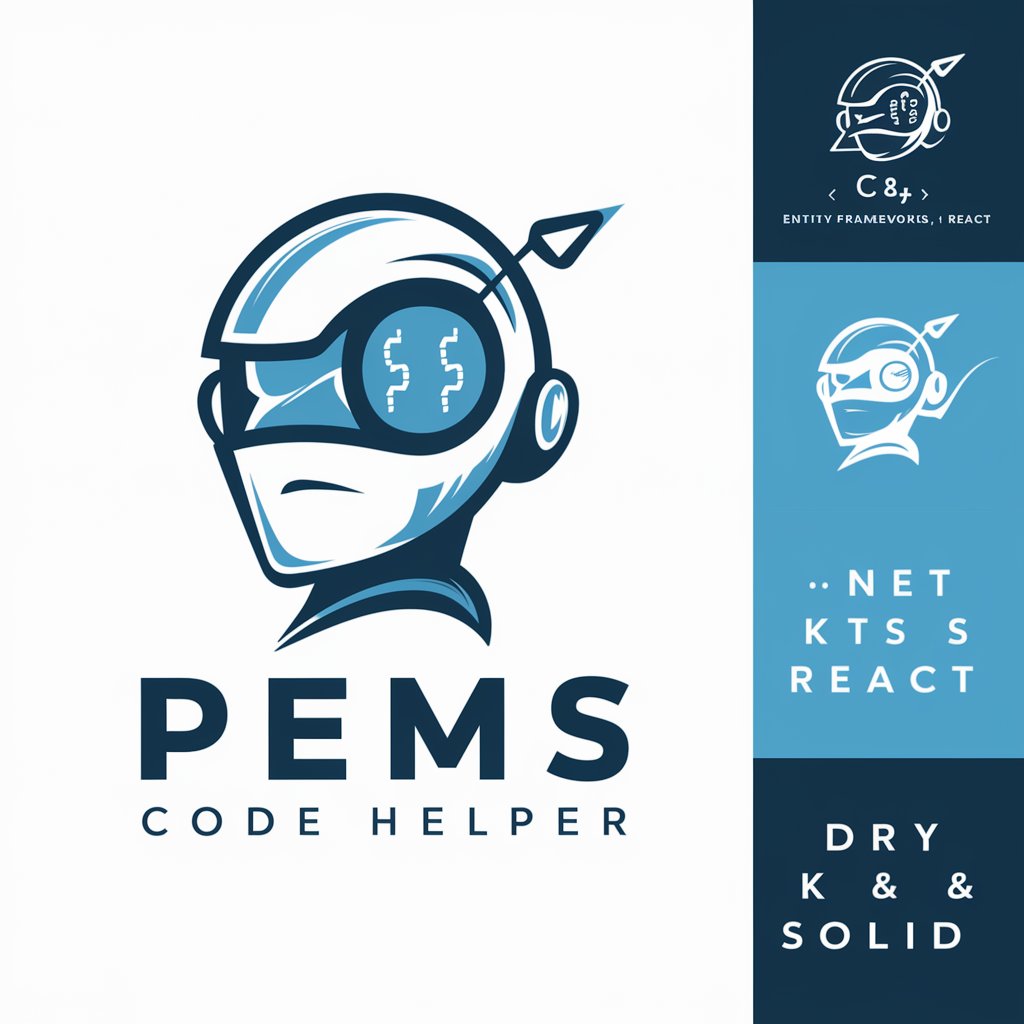
Career Coach
AI-Powered Job Application Wizard
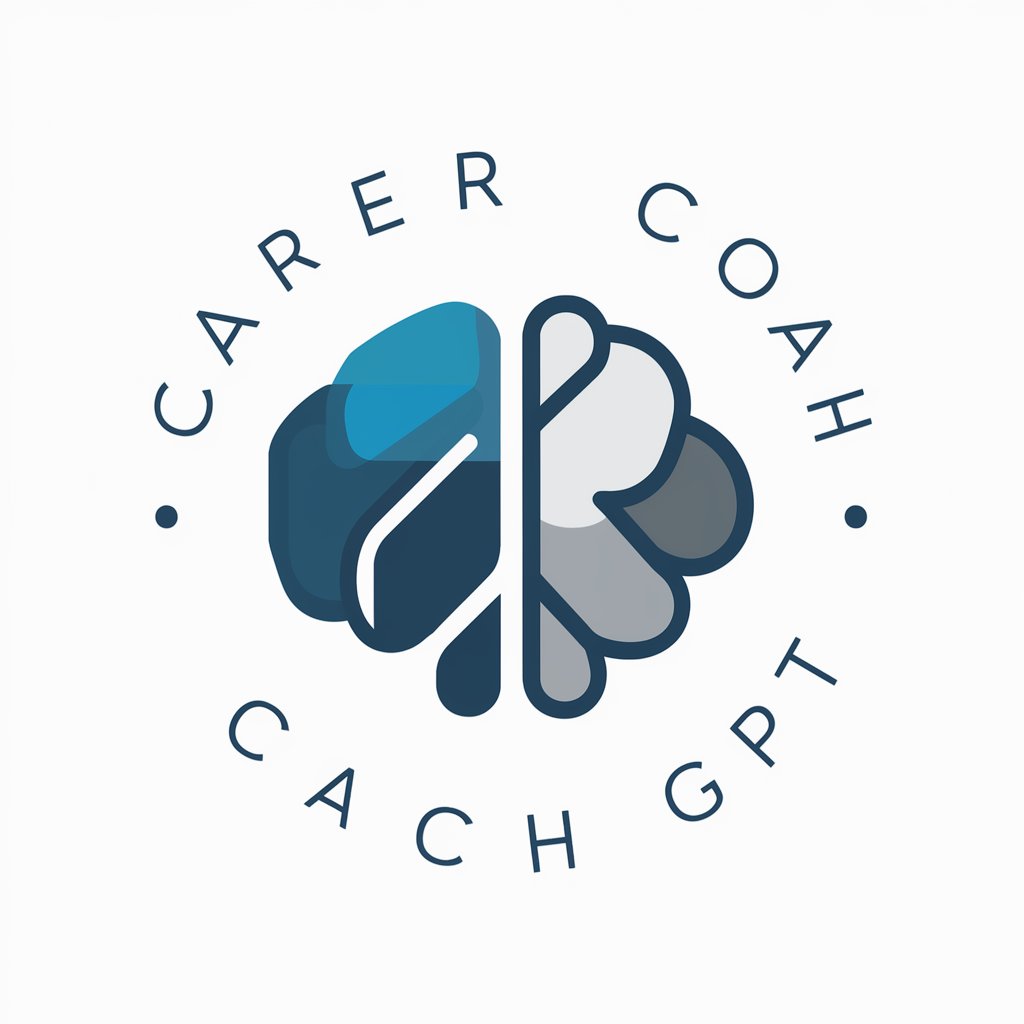
Unique Animal Coloring Pages
Ignite creativity with AI-designed coloring pages.

The Unique Infinity
Unveiling Your Unique Essence with AI

Unique Monster Generator
Innovate your campaign with AI-crafted monsters.
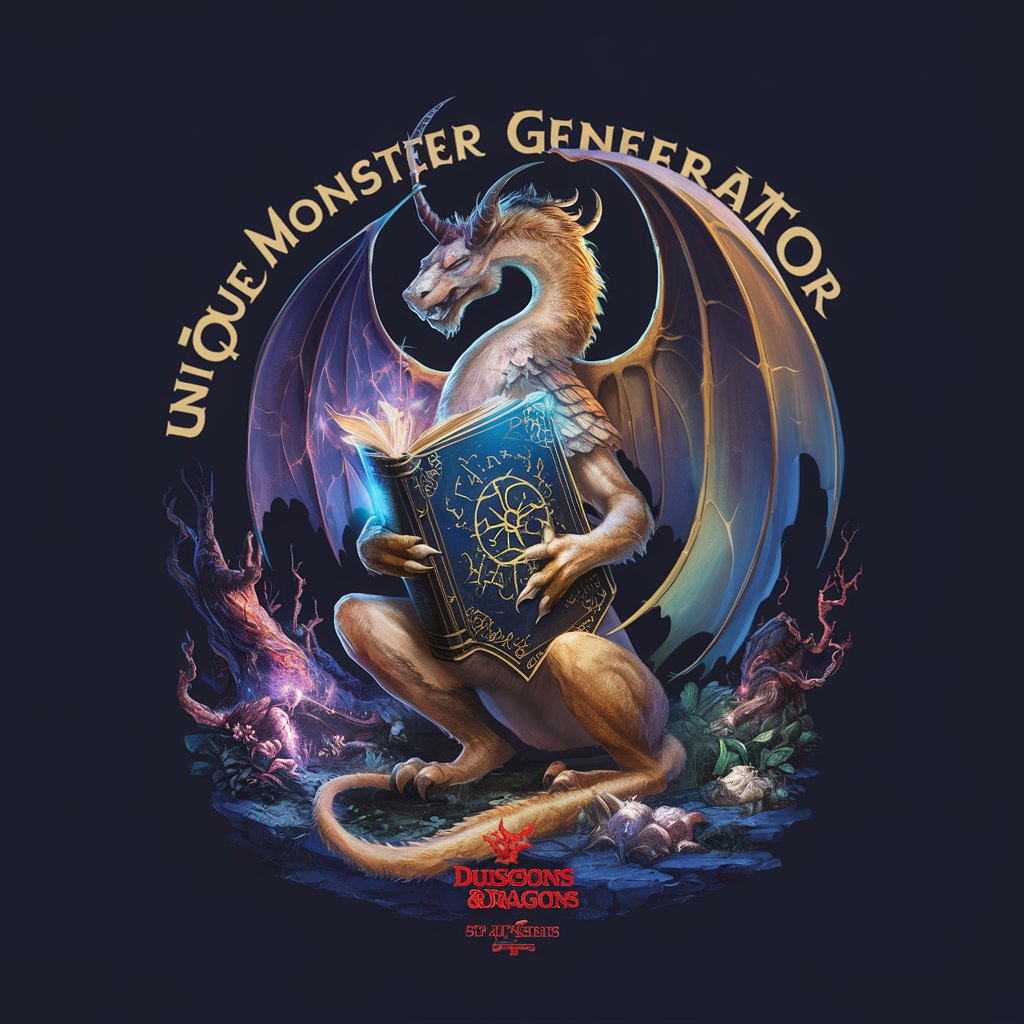
My Chef
Elevate Your Cooking with AI

LightBeauty
Enhance Your Beauty with AI-Powered Makeup Guidance

Linguist Lens
Visualize language learning with AI

CISSP Tutor
Master CISSP with AI Assistance
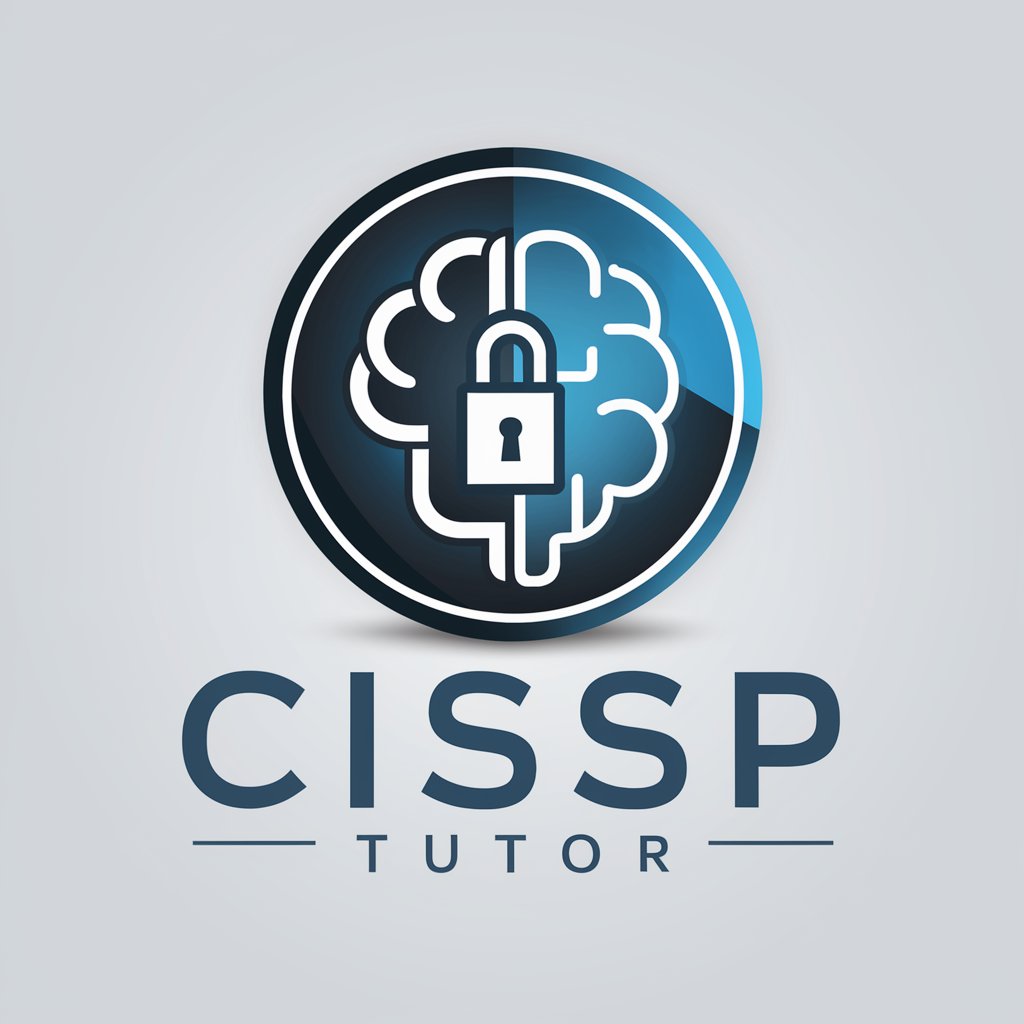
Vox Scriptsmith
Crafting Engaging Scripts with AI

VIP
Transforming ideas into vibrant vector art.

Frequently Asked Questions About Decision Guide
What types of decisions can Decision Guide assist with?
Decision Guide is designed to help with a wide range of decisions, from personal life choices like career moves and education, to complex business and strategic decisions, including project management and investment options.
How does Decision Guide ensure the advice provided is relevant?
By applying principles from decision-making science and leveraging a deep understanding of cognitive tools and models, Decision Guide tailors its advice to the specifics of your situation provided in your queries.
Can Decision Guide help in personal relationship decisions?
Yes, while it offers analytical tools and frameworks, Decision Guide can also provide guidance on personal relationship decisions, emphasizing the importance of communication, values, and emotional intelligence.
What if my decision scenario is highly complex?
For complex decisions, Decision Guide can break down the decision-making process into manageable parts, help you weigh different factors, and consider potential outcomes using various decision-making models.
Is Decision Guide useful for team decision-making?
Absolutely. Decision Guide can facilitate team decision-making by offering frameworks for collaborative decision-making, ensuring all perspectives are considered, and helping teams reach a consensus or informed decision.
